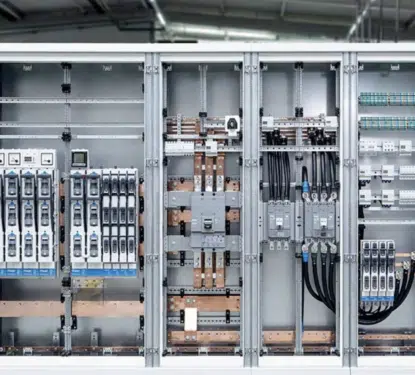“Population, when unchecked, increases in a geometric ratio, subsistence increases only in an arithmetic ratio,” wrote the famous 18th century British cleric and scholar Thomas Malthus in his Essay On the Principle of Population in 1798. In a more modern English he might have said – population grows exponentially but food production grows in a linear fashion, or in constant increments. Malthus highlighted that, “a slight acquaintance with numbers will show the immensity of the first power in comparison to the second.” And he concluded that, “the race of plants and the race of animals shrink under this great restrictive law. And the race of man cannot, by any efforts of reason, escape from it.” In the 183 years since Malthus’ death the human population of the world has grown by an estimated 750% or more. The rate of food production has also increased to match the human populations it serves. In those 183 years […]
Most Popular Articles

Hager Group’s Energy Management Software Expansion: 15 Years of Acquisitions Analyzed
This Research Note examines Hager Group, the German supplier of electrical distribution products for residential applications, which has extended its business focus to commercial buildings. We comment on its recent inorganic growth strategy in energy management software and services, before analyzing the impact of their acquisitions since 2010. Hager Group Profile Hager Group is a […]

Delta Electronics Building Automation: Key Insights in 2025
In this Research Note, we examine the building automation business of Delta Electronics, a Taiwanese public company. We review the current brand offerings, financial highlights, a recent significant deployment, and provide a Memoori view of this second-tier player, building on our coverage of their strategy last year. Building Automation Brands The building automation business has […]

Securitas Technology Achieves $5.7B Revenue Accounting for 33% of Group 2024
This Research Note examines the electronic security business of Securitas, rebranded as Securitas Technology, based on investor presentations and their 2024 annual report. This article highlights the financial performance and progress of the business in integrating the STANLEY Security acquisition and repositioning the group as a technology-based supplier of integrated solutions in higher growth markets. […]
